- Learning fundamentals of object-oriented programming.
- Able to work with Java IDE’s & acquire Compiling and interpretation Skills involved in JAVA execution.
- Proficiency to work with Advanced Java concepts like Applets, AWT, Swing and its components
- Aware of JDBC environment for Database connectivity and interactions
COURSE OUTCOMES:
By the end of the course, the student will be able to :
CO 1: Profound Knowledge on Core Java Programming and its applications
CO 2: Ability to describe and implement the object oriented principles
CO 3: Competency for implementing core Java applications given
CO 4: Potential to understand and execute Advanced Java concepts
CO 5: Proficient enough to work with JDBC connectivity
CO 6: Confidence to exhibit the acquired concepts in terms of seminar, group discussion and programming challenges
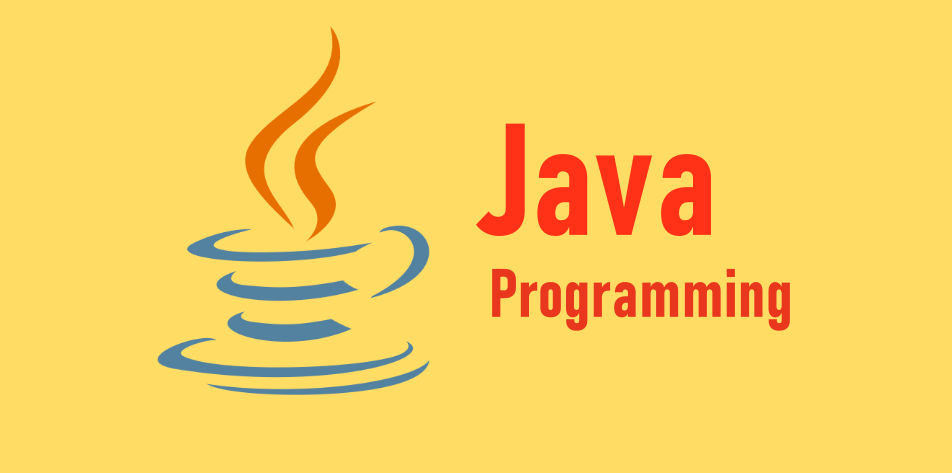
- Teacher: VIDYA SAGAR JODU
| Course Objectives | |
| 1 | Apply their foundations in software engineering to adapt to readily changing environments using the appropriate theory, principles, and processes |
| 2 | Demonstrate the ability to work effectively as a team member and/or leader in an ever-changing professional environment |
| 3 | Be able to elicit, analyze and specify software requirements through a productive working relationship with various stakeholders of a software development project; |
| 4 | Be able to function effectively as a team member |
| 5 | Understanding professional, ethical and social responsibility of a software engineer |
| 6 | Be able to use Unified Modeling Language in software specification documents |
| Course Outcomes | |
| CO1 | the ability to analyze, design, verify, validate, implement, apply, and maintain software systems. |
| CO2 | an ability to use the techniques, skills, and modern engineering tools necessary for engineering practice. |
| CO3 | How to apply the software engineering lifecycle by demonstrating competence in communication, planning, analysis, design, construction, and deployment |
| CO4 | An ability to work in one or more significant application domains |
| CO5 | Work as an individual and as part of a multidisciplinary team to develop and deliver quality software |
| CO6 | Demonstrate an understanding of and apply current theories, models, and techniques that provide a basis for the software lifecycle |
| CO7 | Demonstrate an ability to use the techniques and tools necessary for engineering practice |
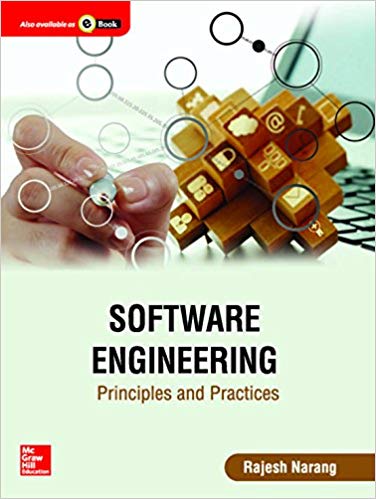
- Teacher: NOOR UNISA
| Course Objective |
| 1. To understand why Python is a useful scripting language for developers. |
| 2. To define the structure and components of a Python program. |
| 3. To learn how to identify Python object types. |
| 4. To learn how to write loops and decision statements in Python. |
| Course Outcome |
| 1. Interpret Object-oriented programming in Python |
| 2. Basics of Python programming |
| 3. Install and run the Python interpreter |
| 4. Create and execute Python programs |
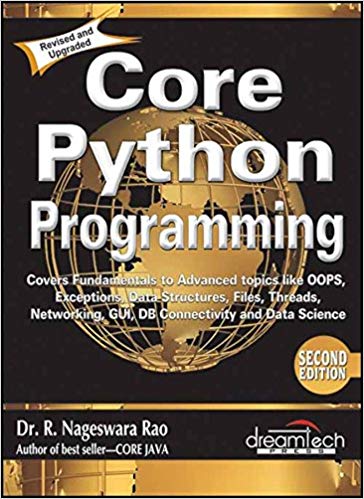
- Teacher: NOOR UNISA
Course Objectives
· To introduce the concept of Vector spaces over a field F.
· To determine the rank, Eigen values and Eigen vectors of a given matrix.
· To expose the applications to differential equations.
. To introduce Inner product and its importance in Fourier theory.Course Outcomes
The student completing this course
CO-1 Becomes conceptually strong to learn advanced topics in Mathematics.
CO-2 Will be able to calculate the Eigen values of given Matrix.
CO-3 Hones the required technical skill towards the enhancement of their problem solving abilities and thought process.
CO-4 Should be able to solve a system of linear equations depending on the consistency of the system.
CO-5 Shall be able to establish a connection to some real world situations with the obtained knowledge.
CO-6 Should be able to understand what inner product representation means.
CO-7 Is equipped with proper foundation to explore their area of interest in mathematics.
CO-8 Orthonormal vectors and its connection to nature via Fourier Analysis can be observed.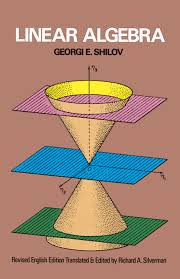
- Teacher: RAM PRASAD D
COURSE OBJECTIVES:
|
OBJECTIVES |
|
§ To become familiar with the architecture and Instruction set of Intel 8085 microprocessor. § To provide practical hands on experience with Assembly Language Programming. § To familiarize the students with interfacing of various peripheral devices with 8085 microprocessor. § To understand techniques for faster execution of instructions and improve speed of operation and performance of microprocessors. |
COURSE OUTCOMES:
|
OUTCOMES |
|
CO1: The students will be able to describe the general architecture of a microcomputer system and architecture &organization of 8085 microprocessor
CO2: The students will be able to understand 8085 microprocessor kit, knowledge of 8085 instruction set and ability to utilize it in assembly language programming.
CO3: The students will be able to understand real mode Memory addressing and ability to interface various devices to the microprocessor CO4: The students will be able to understand the architecture and operation of Programmable Interface Devices and realize the programming & interfacing of it with 8085 microprocessor. CO6: The students will be able to understand the difference between 8085 and
advanced microprocessor
|

- Teacher: SOWJANYA D
Students learn to describe some of the surfaces by using analytical geometry.
Course Outcomes
|
CO1 |
Evaluate the equation, center and radius of Sphere and understand the concept of Sphere and circle |
|
CO2 |
Find family of spheres Passing through a circle, tangent planes and normal lines to a sphere and understand the concept of Radical plane |
|
CO3 |
Representing a cone, cone and a plane |
|
CO4 |
Concept of the Right Circular Cone, the Cylinder, the Right Circular Cylinder |
|
CO5 |
The General Equation of a conicoid, Intersection of Line with a Conicoid |
|
CO6 |
Concepts of Plane of contact, Enveloping Cone and Cylinder |
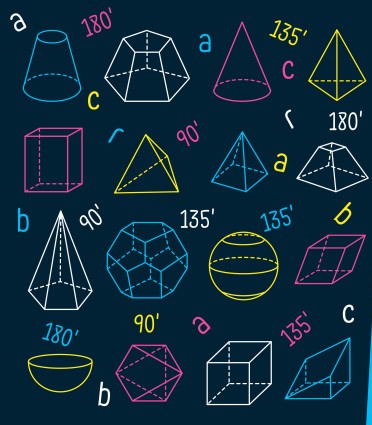
- Teacher: NAGENDRA KUMAR GOLLAPUDI